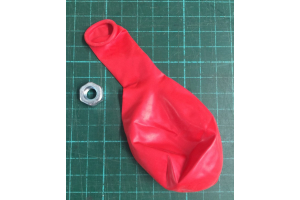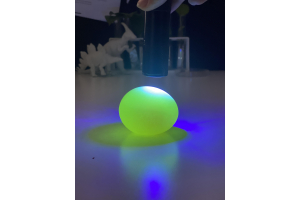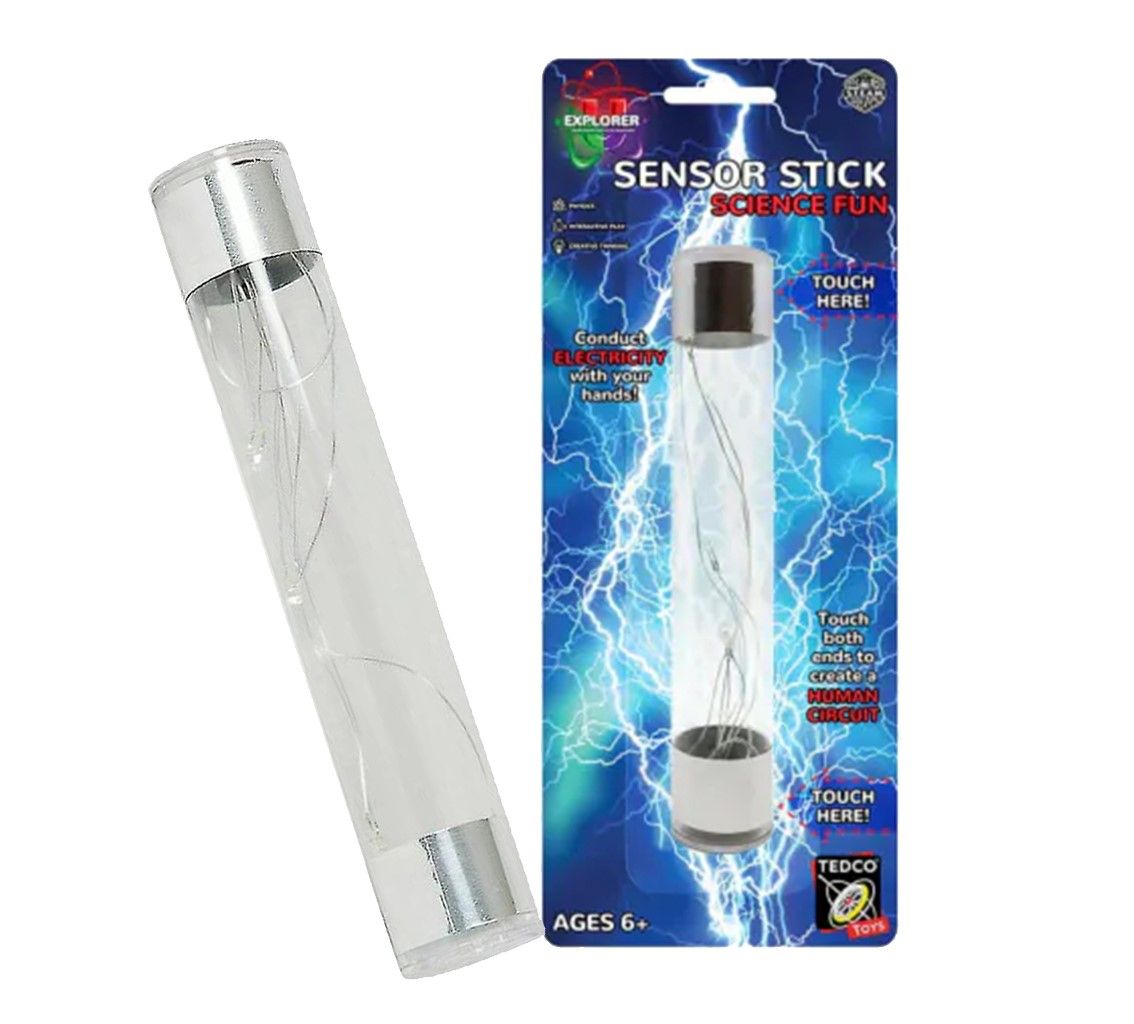Ink Chromatography
Posted:
July 26, 2017
Categories:
Chemistry
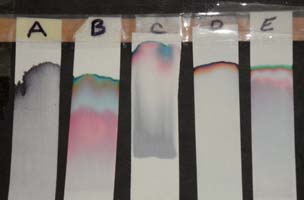
Ink Chromatography Is black really black?
Separate out all the colours that make up a black felt pen using a special technique called chromatography.
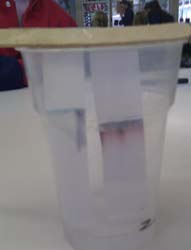
Suitable for kids aged 7+
You Need:
- Filter or blotting paper (a coffee filter works well) cut into strips (approx. 1.5cm wide and just short of the length of the cup)
- Transparent glass or plastic cup
- Icy pole stick
- 2 x black felt pens
- Water
What to do:
- Take a pen and draw a horizontal line near the bottom of two strips of filter paper. Use a different pen for each strip. You can test more than two pens on other strips if you like.
- Tape the strips side by side to an icy pole stick so they are hanging vertically (like clothes on a clothes line).
- Suspend the icy pole stick across the top of a cup/glass so that the paper strips hang into the cup/glass.
- Being careful not to wet the paper strips, pour enough water into the cup/glass so the very bottom of the paper strips (but not the ink line) hang in the water. < li>
- Now watch and wait. When the water has just about reached the top, remove the paper strips and leave to dry. < li>

Why is it so?
The water moves up the filter paper (against the force of gravity) through capillary action due to the tiny pores or tubes in the paper. The ink in black felt pens is a mixture of different coloured chemicals. As the water moves over the black pen lines some chemicals dissolve easier in water and spread up the blotting paper, creating a unique pattern. This is a good way to analyse the ink in a mystery note and find out which pen (and who wrote the note) by comparing the resultant colour patterns. It is an example of a science lab technique called chromatography, which is used to separate the components of a mixture. Although there are various chromatography methods, it always involves passing a mixture in a moving phase through a still or stationary phase.


